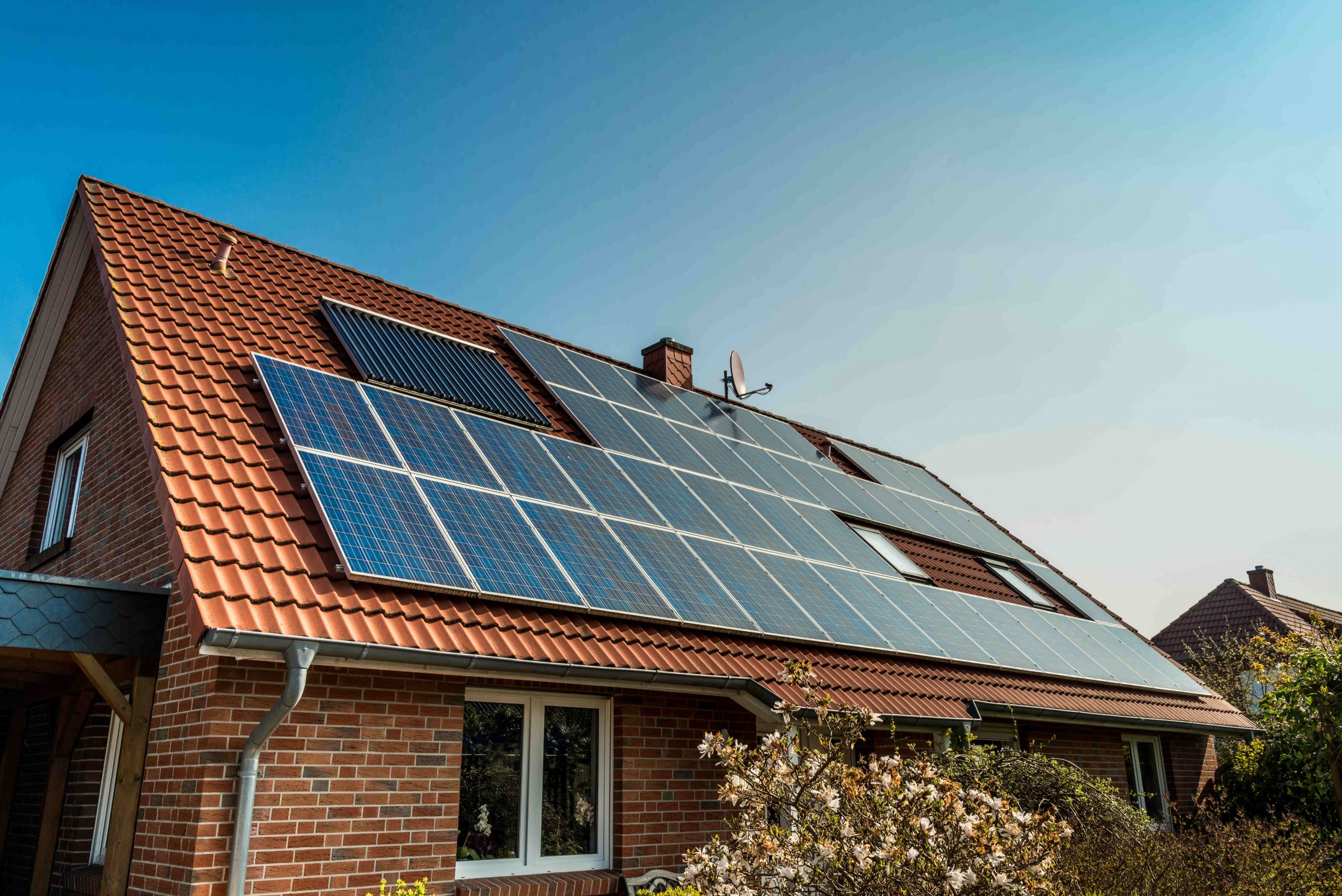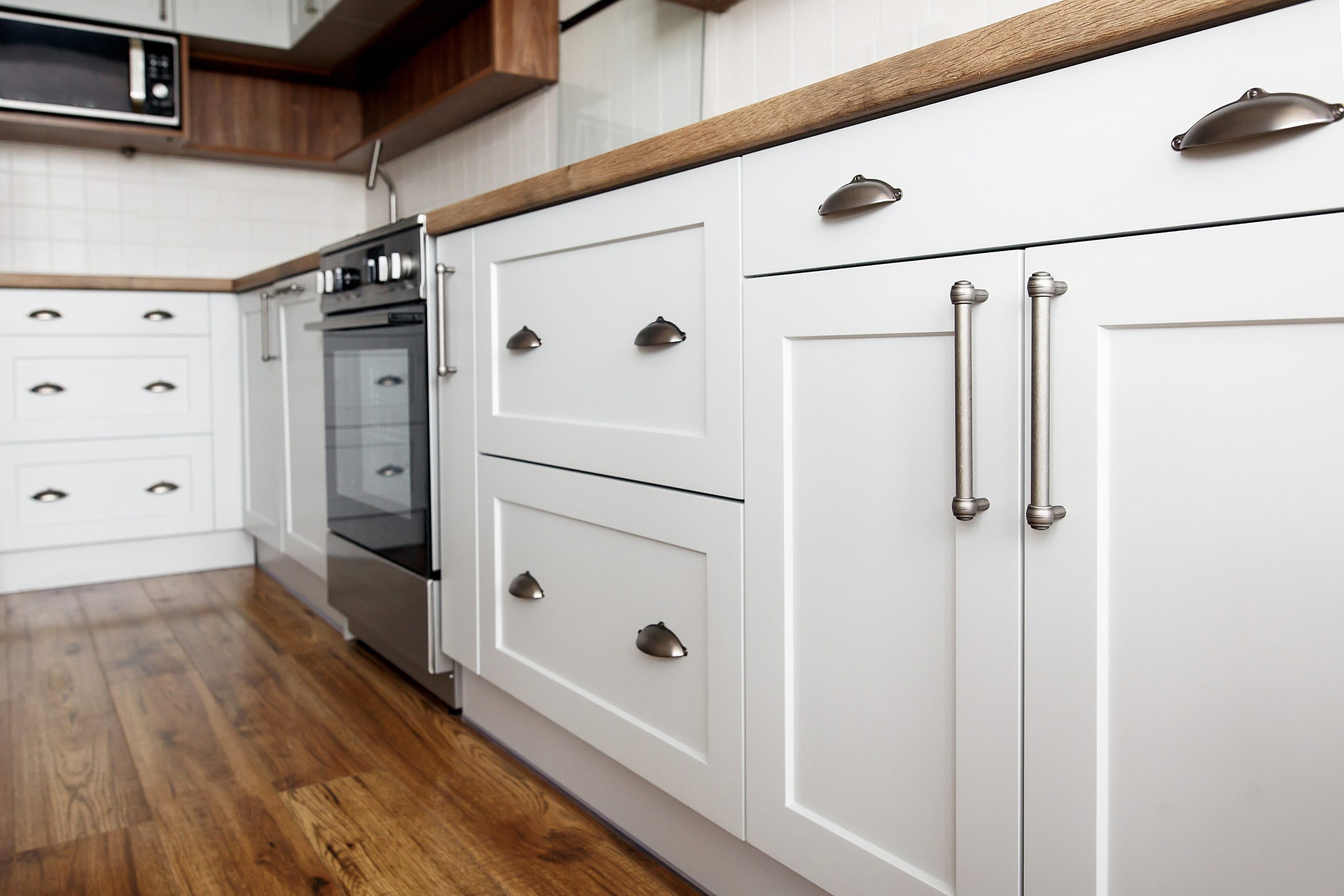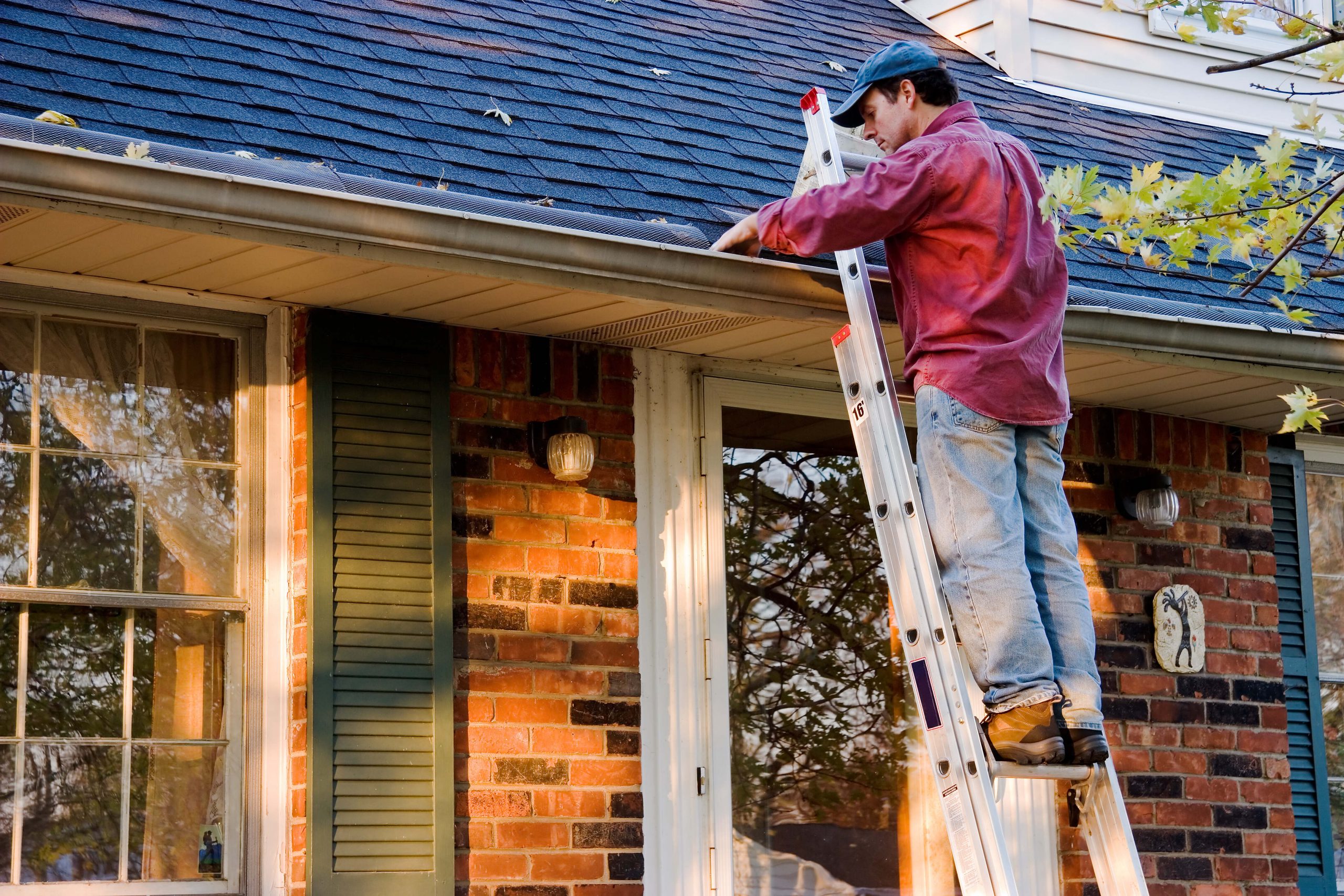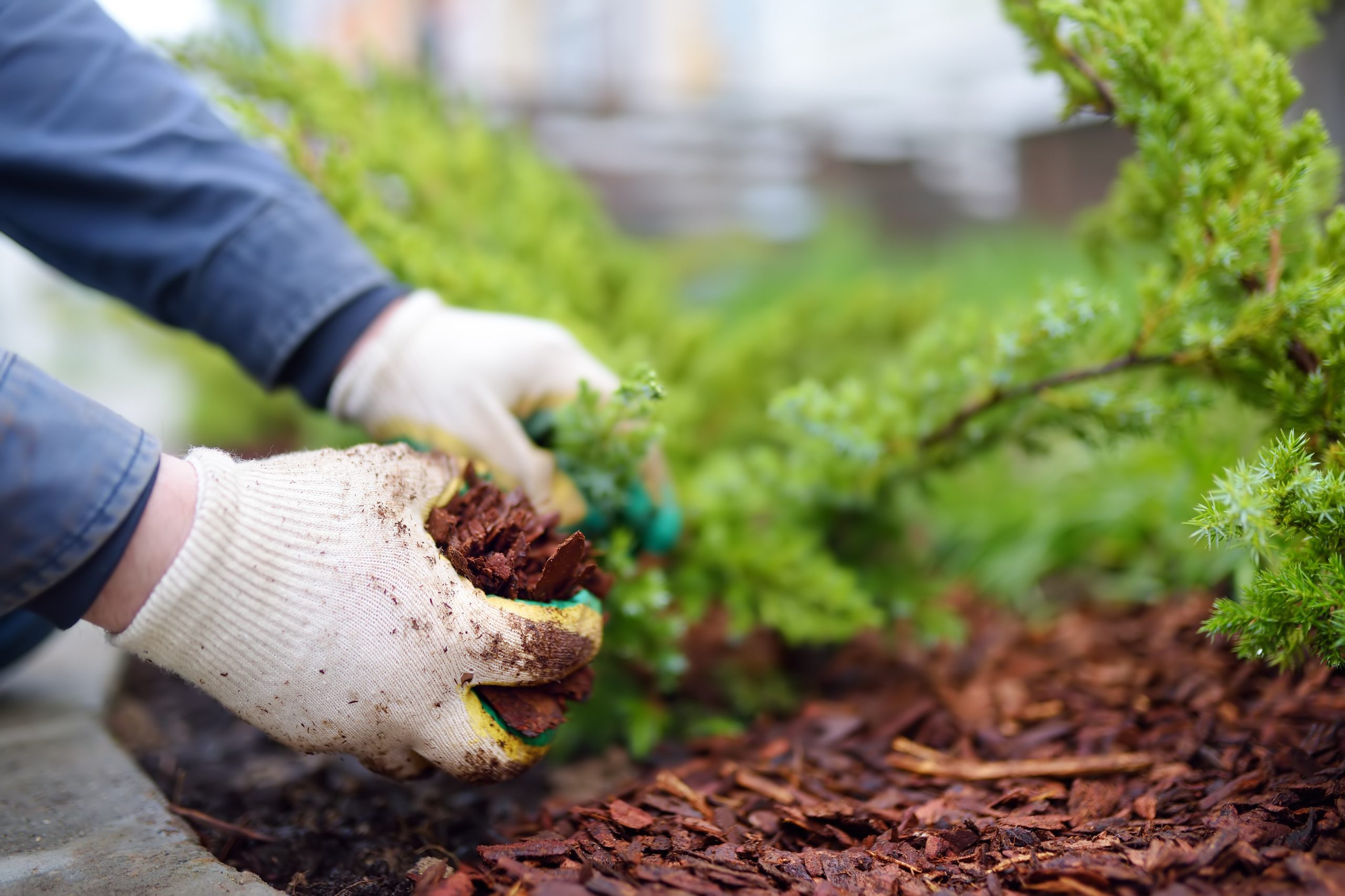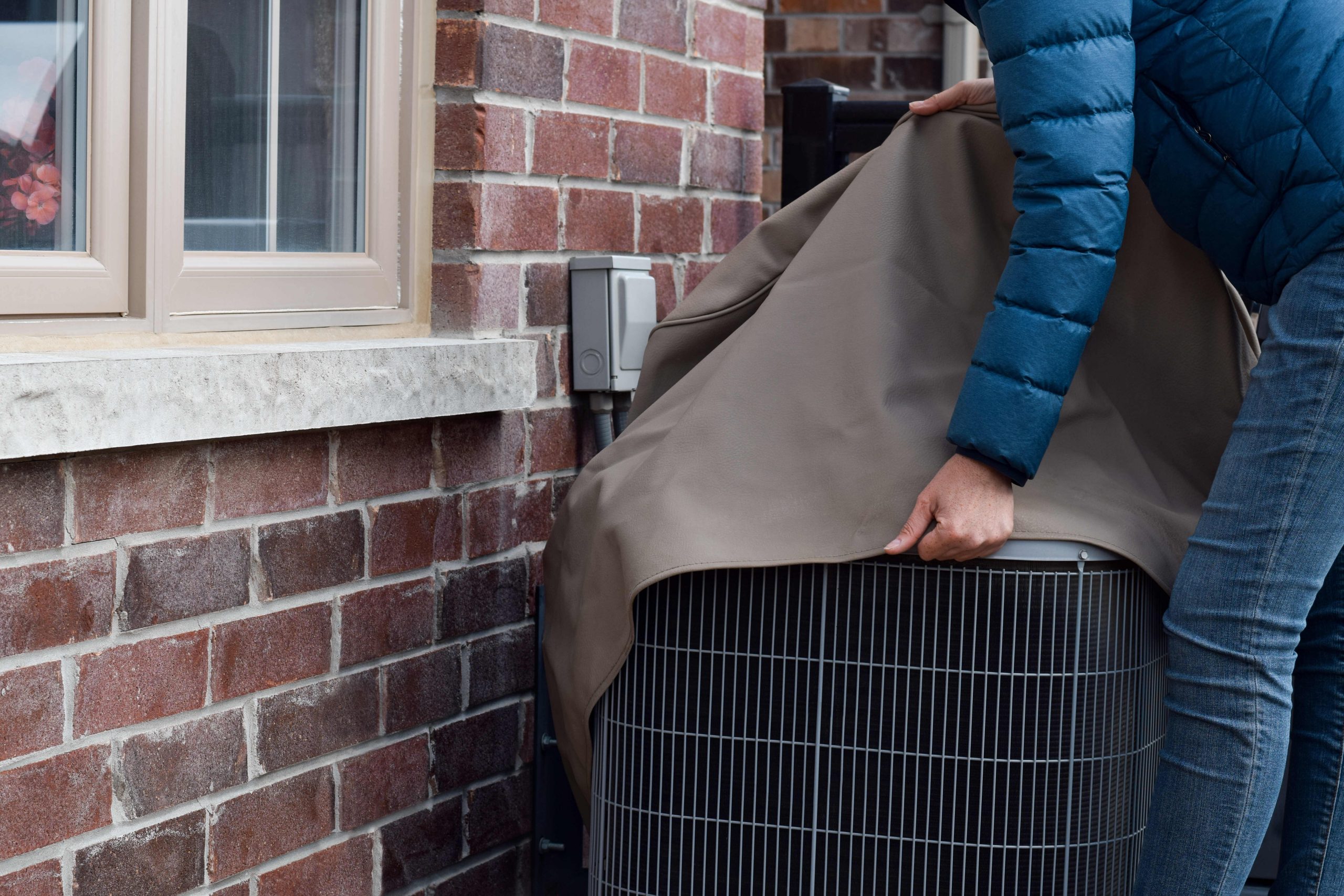Transforming your backyard into a personal oasis starts with the perfect patio. Casability is here to guide you through the various patio options available, helping you make an informed decision that enhances your outdoor living experience and adds value to your home.
Understanding Patio Materials
Finding the Perfect Match for Your Style
Selecting the right material is crucial in creating a patio that fits your aesthetic and functional needs. Here are some popular options:
Concrete Patios: Concrete is a popular choice due to its affordability and versatility. You can customize concrete patios with stamping and coloring to mimic more expensive materials like stone or tile. It’s also durable and requires minimal maintenance, making it a practical option for busy homeowners.
Pavers: Pavers come in a variety of materials, including brick, stone, and concrete, offering flexibility in design. They can be arranged in different patterns to create unique looks. Pavers are relatively easy to install and replace if damaged, and they provide excellent drainage.
Natural Stone: Natural stone, such as flagstone, slate, or limestone, offers a luxurious and unique look. Each stone is unique, adding character and beauty to your patio. However, natural stone can be more expensive and requires professional installation to ensure longevity and stability.
Patio Design Considerations
Tailoring to Your Space and Needs
Creating a patio involves more than just choosing materials. You need to consider how it will fit into your overall landscape and meet your needs.
Size and Layout: The size and layout of your patio should reflect the size of your yard and your entertainment needs. A small, intimate patio might be perfect for quiet relaxation, while a larger space might be better for hosting gatherings. Think about the activities you plan to do on your patio and plan the space accordingly.
Integration with Landscape: Your patio should complement your garden and landscaping. Consider how the design and materials will blend with your existing outdoor elements. Incorporating plants, garden beds, or even a small pond can create a seamless transition between your patio and the rest of your yard.
Covered vs. Open Patios
Deciding on Sun and Weather Protection
The amount of sun and weather protection you need will depend on your climate and how you plan to use your patio.
Pergolas and Gazebos: Pergolas and gazebos provide shade while maintaining an open feel. They can be adorned with climbing plants or curtains for added charm and privacy. These structures are perfect for those who want some protection from the sun without feeling enclosed.
Roof Extensions: Roof extensions offer more protection from the elements and can be integrated into the home’s design. They provide shelter from rain and snow, making your patio usable year-round. Roof extensions can be designed to match the architecture of your home, creating a cohesive look.
Budgeting for Your Patio
Cost-Effective Patio Solutions
Creating a beautiful patio doesn’t have to break the bank. Here’s how to manage your costs:
Material Costs: Compare the costs of different materials to find one that fits your budget. Concrete and pavers are typically more affordable, while natural stone is on the higher end. Remember to factor in the cost of additional materials like sand, gravel, and sealant.
DIY vs. Professional Installation: Assess whether to take on the project yourself or hire professionals. DIY can save money on labor costs, but it’s important to have the skills and tools necessary to do the job correctly. Professional installation ensures a high-quality result and can save you time and stress.
Enhancing Your Patio with Features
Adding Character and Functionality
Personalize your patio with features that enhance its functionality and appeal:
Fire Pits or Fireplaces: Create a cozy gathering spot for cooler evenings with a fire pit or outdoor fireplace. These features provide warmth and ambiance, making your patio a favorite spot for relaxation and socializing.
Outdoor Kitchens: Perfect for those who love to grill and entertain outdoors, an outdoor kitchen can include a grill, sink, refrigerator, and even a pizza oven. It transforms your patio into a functional cooking and dining area, making outdoor entertaining seamless.
Water Features: Incorporate elements like fountains or small ponds for a relaxing ambiance. The sound of running water can create a serene atmosphere and attract birds and other wildlife to your yard.
Patio Furniture and Decor
Furnishing for Comfort and Style
The right furniture and decor can transform your patio into a comfortable and stylish outdoor living space:
Selecting Furniture: Choose weather-resistant furniture that complements your patio style. Materials like teak, aluminum, and resin wicker are durable and can withstand the elements. Consider comfort as well, with plush cushions and ergonomic designs.
Decorative Touches: Add cushions, rugs, and lighting to personalize the space. Outdoor rugs can define seating areas and add color and texture. String lights, lanterns, or solar-powered garden lights can create a warm and inviting atmosphere after dark.
Low Maintenance Patio Options
Easy Upkeep Choices
If you prefer a low-maintenance patio, consider these options:
Durable Materials: Opt for materials that require minimal maintenance. Concrete, pavers, and synthetic decking are all durable and easy to care for. Avoid materials that require frequent sealing or staining.
Design for Easy Care: Plan a layout that simplifies cleaning and upkeep. Smooth surfaces and well-designed drainage can make your patio easier to clean. Avoid complex designs with many small gaps that can collect dirt and debris.
Adding Privacy to Your Patio
Creating a Secluded Retreat
Privacy is important for creating a comfortable and relaxing outdoor space:
Privacy Screens: Use lattice, shrubs, or privacy walls to create a more intimate space. These can block the view from neighboring properties and provide a sense of seclusion. Lattice panels can be decorated with climbing plants for a natural look.
Fencing: Consider a fence that provides privacy while enhancing your yard’s aesthetics. Wooden fences, vinyl panels, or bamboo screens are all good options. Make sure your fence design complements the overall style of your patio and home.
Eco-Friendly Patio Ideas
Sustainable Outdoor Living
Create an environmentally friendly patio with these sustainable ideas:
Recycled Materials: Look for eco-friendly material options. Recycled concrete, reclaimed wood, and composite decking made from recycled plastics are all sustainable choices. These materials help reduce waste and often require less energy to produce.
Rainwater Collection: Incorporate systems to use rainwater for garden watering. Installing rain barrels can collect runoff from your roof, providing a free source of water for your plants. This reduces your water usage and helps conserve a precious resource.
Obtaining Permits and Following Regulations
Staying Compliant
Before starting your patio project, ensure you comply with local regulations:
Check Local Regulations: Ensure that your patio project complies with local zoning and building codes. Some areas have restrictions on the size and location of patios, as well as the materials you can use.
Permit Requirements: Determine if you need a permit for your patio construction. Many municipalities require permits for large projects to ensure safety and compliance with building standards. Check with your local building department to find out what permits are necessary and how to obtain them.
Creating the perfect patio is about blending functionality, style, and your personal taste while considering budget and maintenance. Whether you dream of a cozy spot for morning coffee or a grand space for entertaining, there’s a patio option to suit your lifestyle. Casability is here to help you every step of the way, ensuring your backyard transformation is a success. By understanding the materials, design considerations, and additional features, you can create a patio that not only enhances your outdoor living experience but also adds value to your home. So, get started on your patio project and enjoy the beauty and comfort of your new outdoor oasis.

